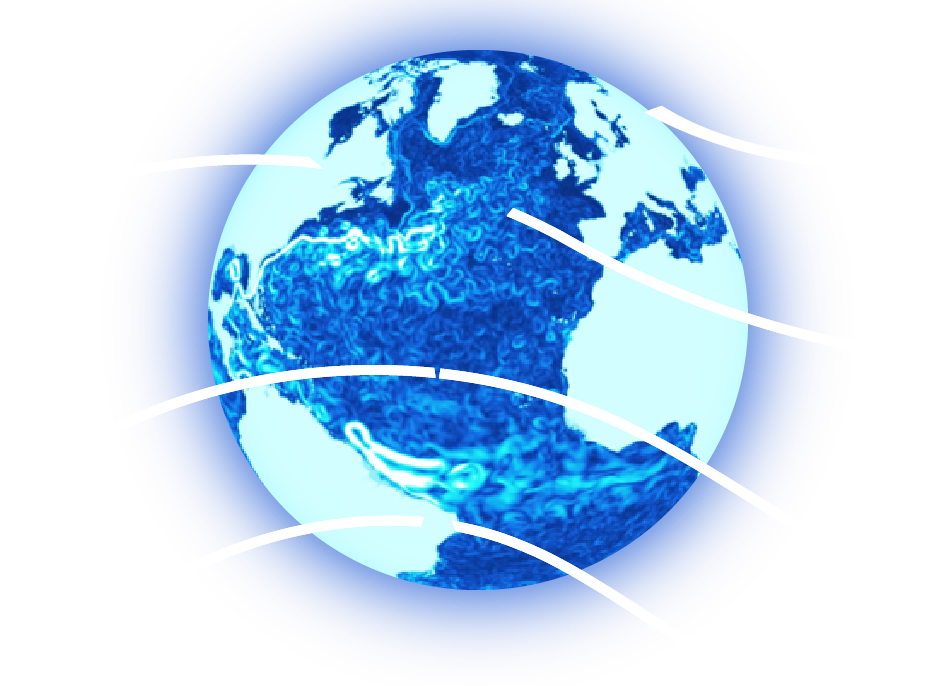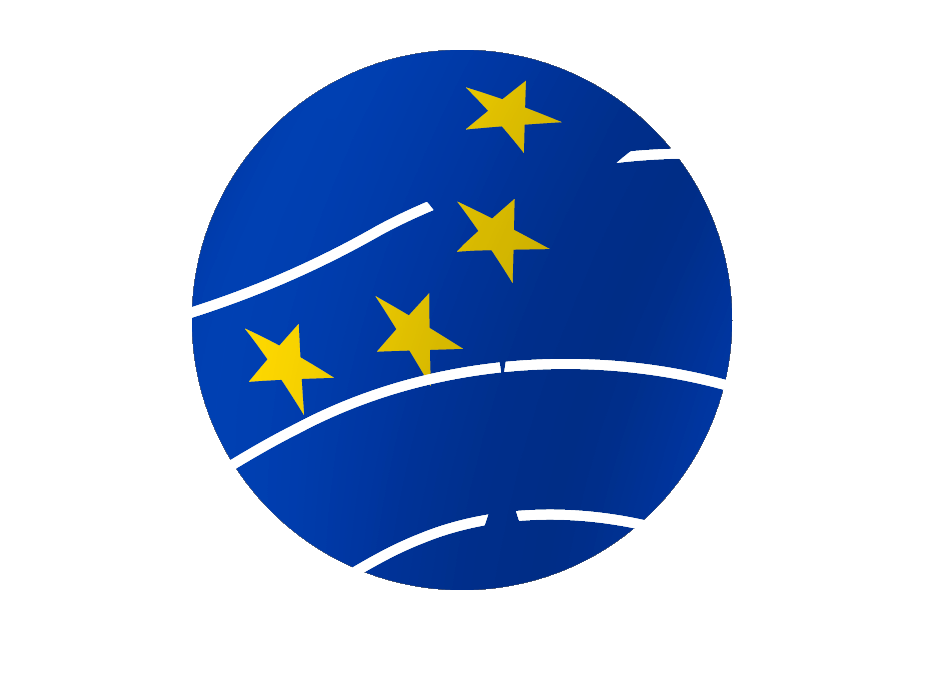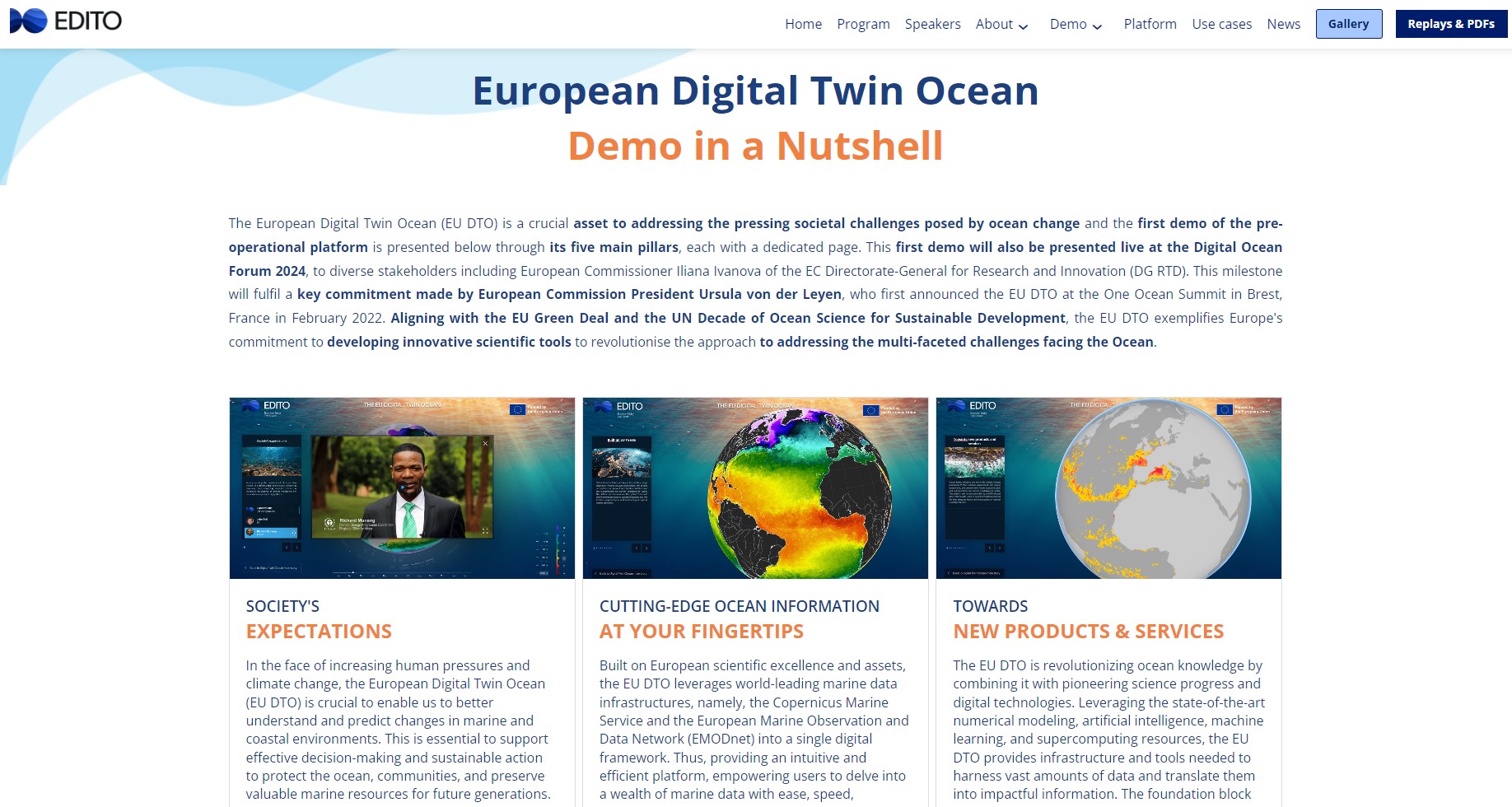
Digital Ocean Forum 2024: Your One-Stop Resource for European Digital Twin Ocean Insights

Explore the Digital Ocean Forum (DOF) 2024 post-event page on the official EDITO website to access a comprehensive collection of resources from this year’s groundbreaking forum. The page is your go-to destination for everything from session recordings and presentation slides to demos and real-world use cases that showcase the latest advancements in ocean data and European digital twin developments. Whether you missed the event or want to revisit the thought-provoking discussions, you’ll find a wealth of information and key insights shared by keynote speakers and participants.

Gain valuable knowledge from DOF 2024 panel discussions featuring policymakers and scientists as they address pressing challenges and opportunities in ocean governance. Delve into innovative solutions and approaches that utilize digital twin technologies and enhanced marine data to promote sustainability, improve marine management, and drive policy-making. The forum results also highlight the cutting-edge research and practical applications that are shaping the future of how we use digital twins to better understand and manage our use of the ocean resources and our relationship with the marine realm.
The DOF 2024 post-event page is more than just a resource hub—it is a platform for continued engagement, learning, and collaboration amongst those dedicated to co-creating the European Digital Twin Ocean. Don’t miss out—explore the content today and stay connected to keep abreast with the most recent developments! Find it here.
